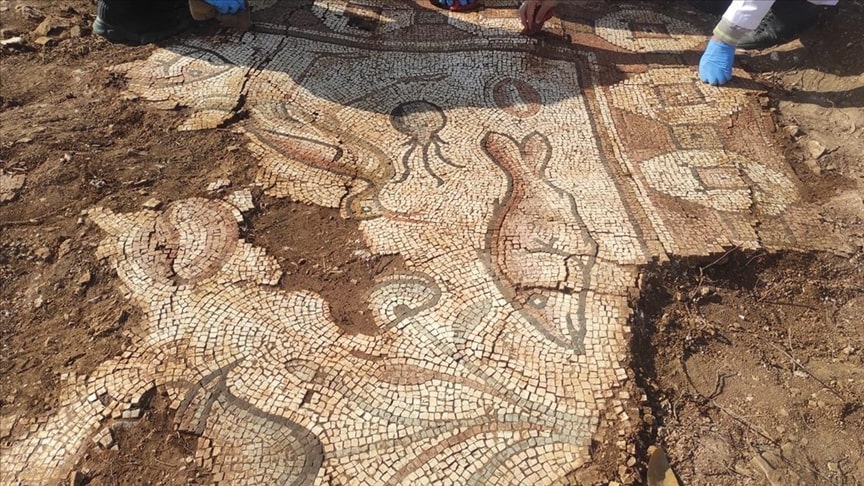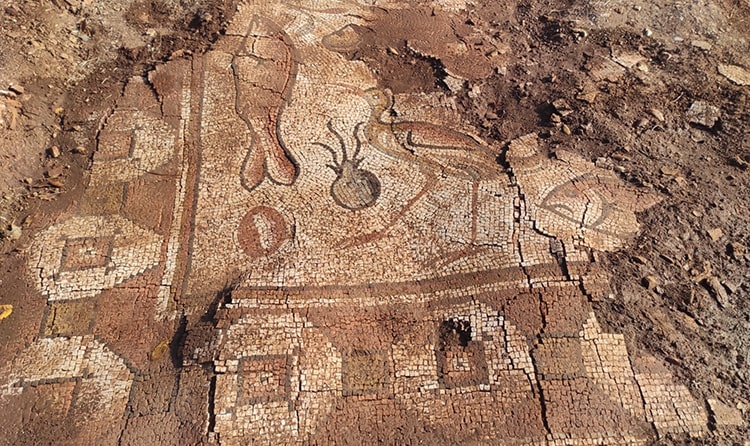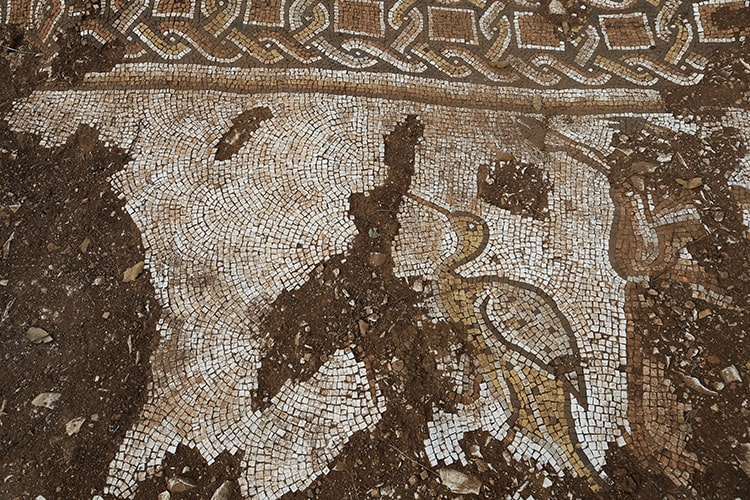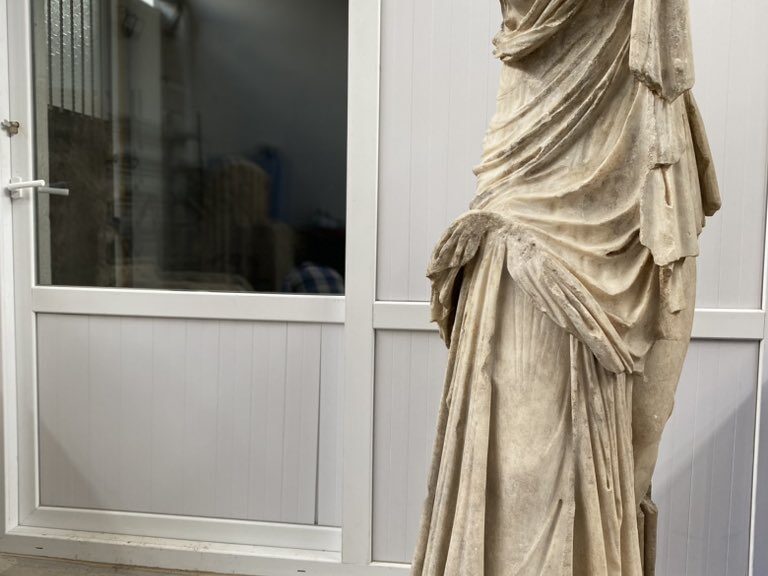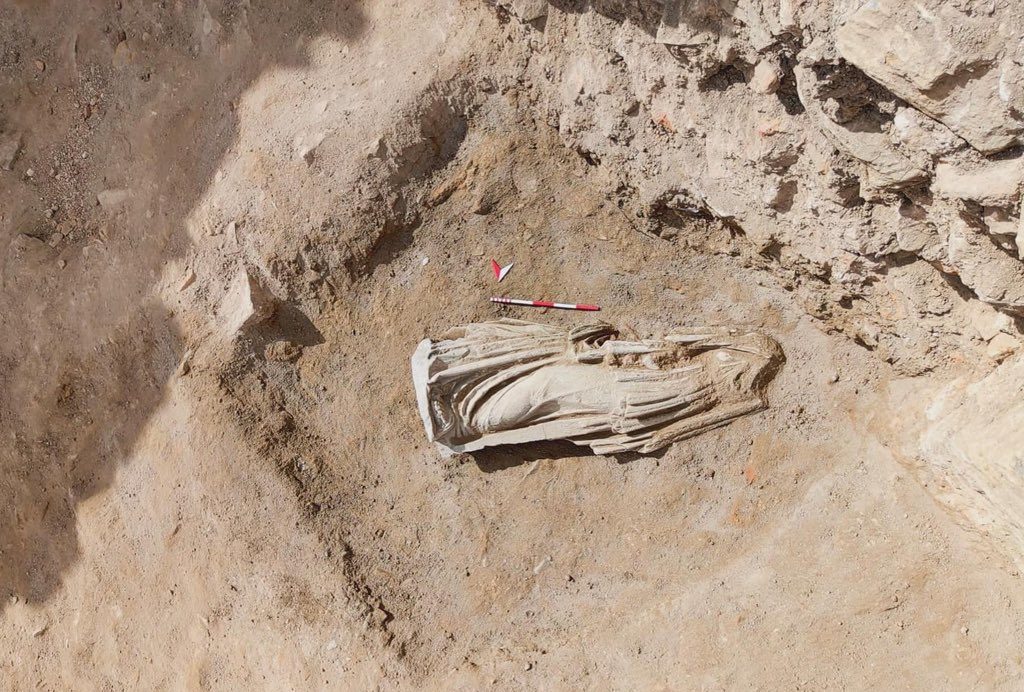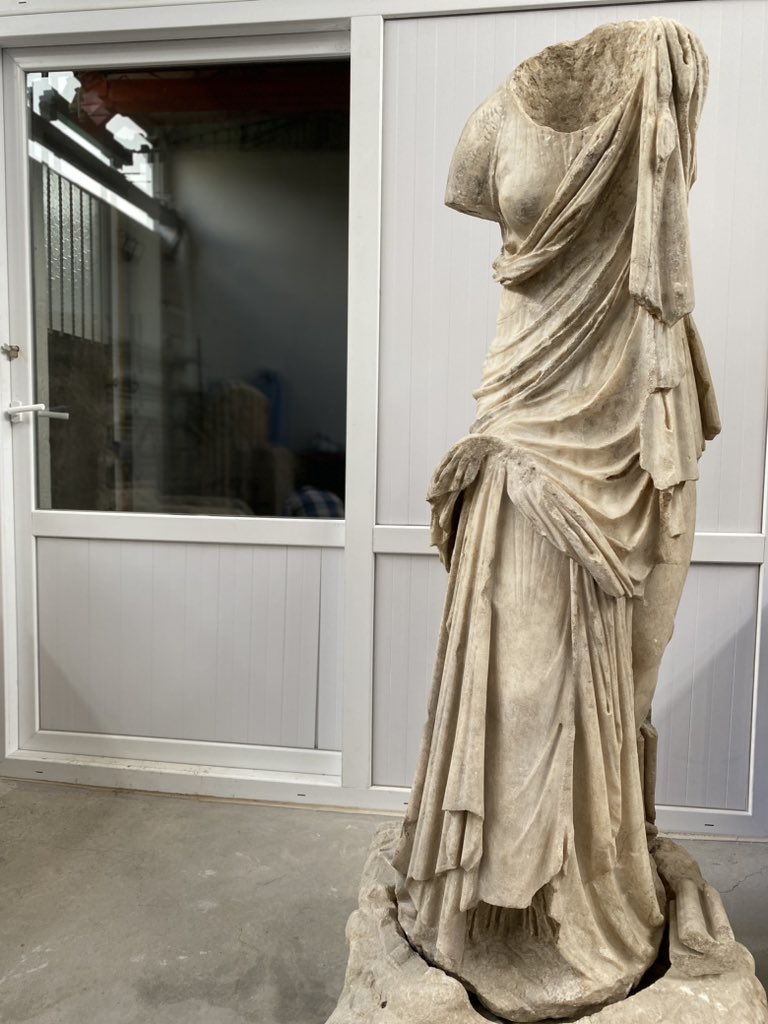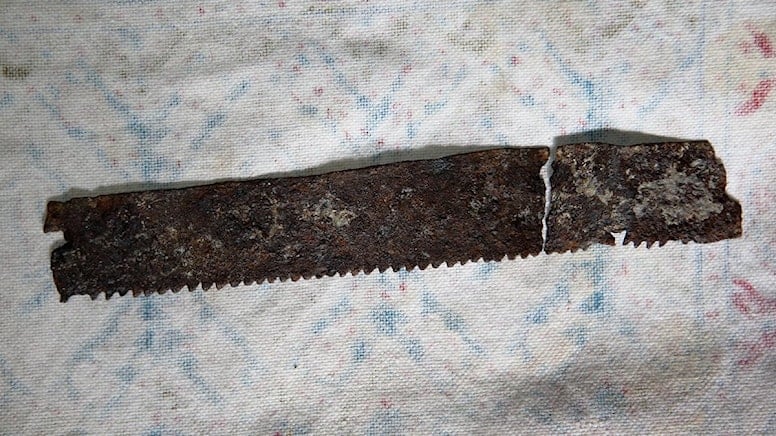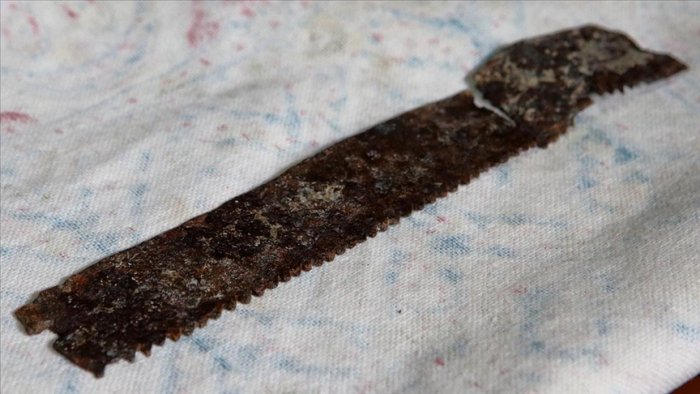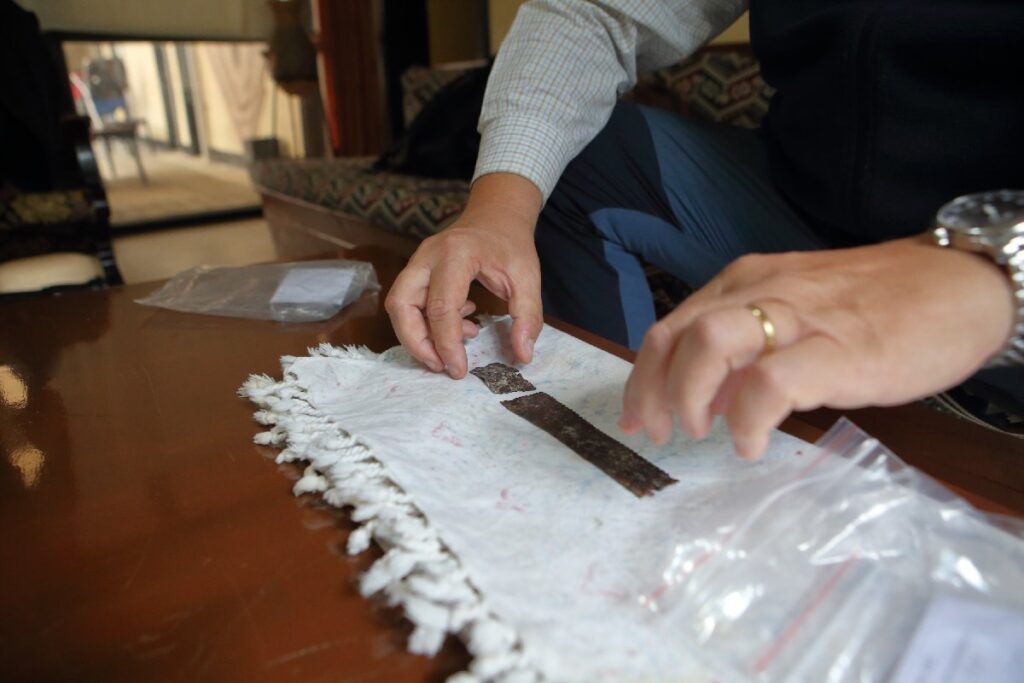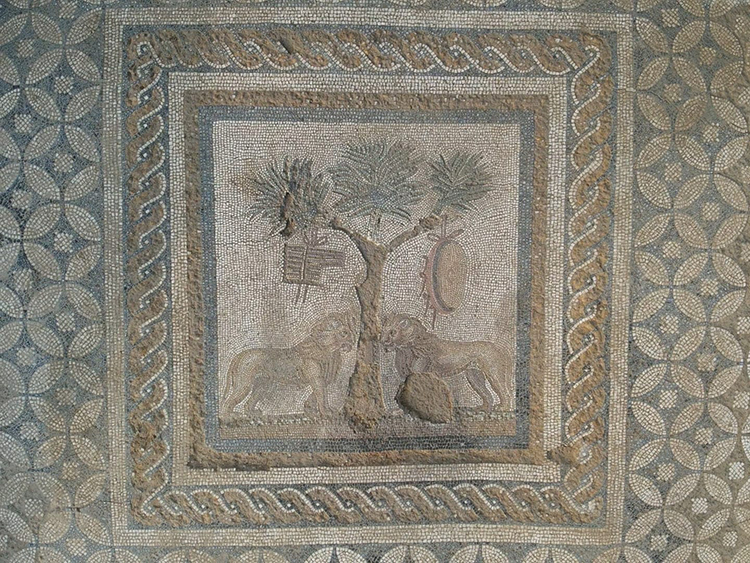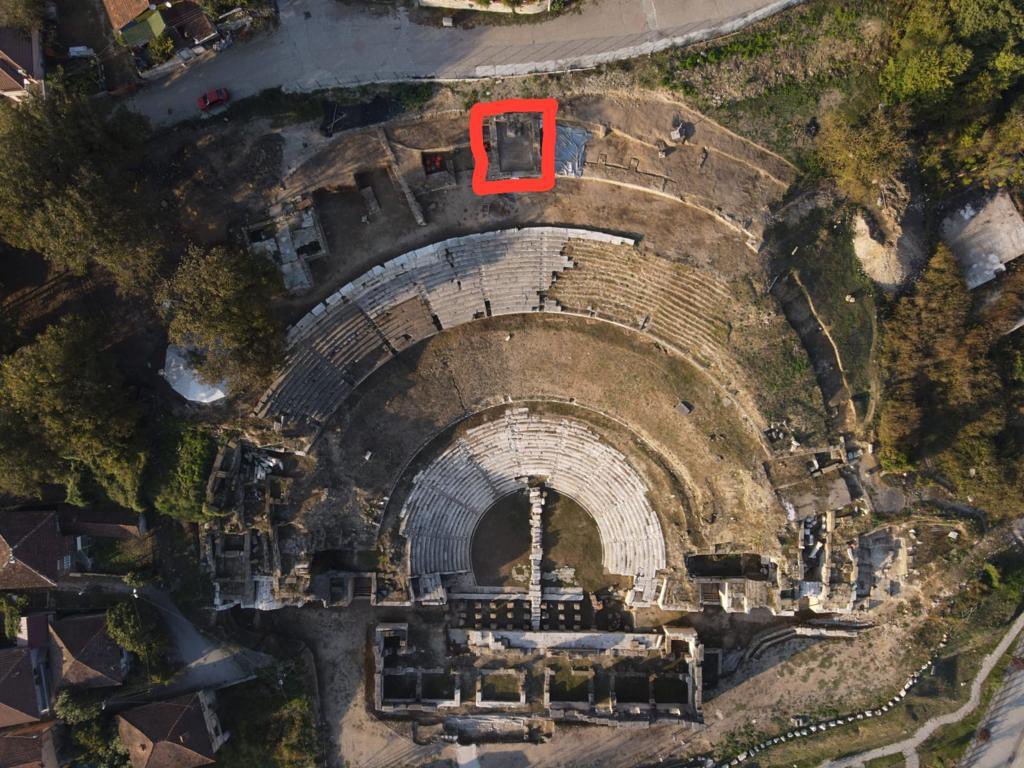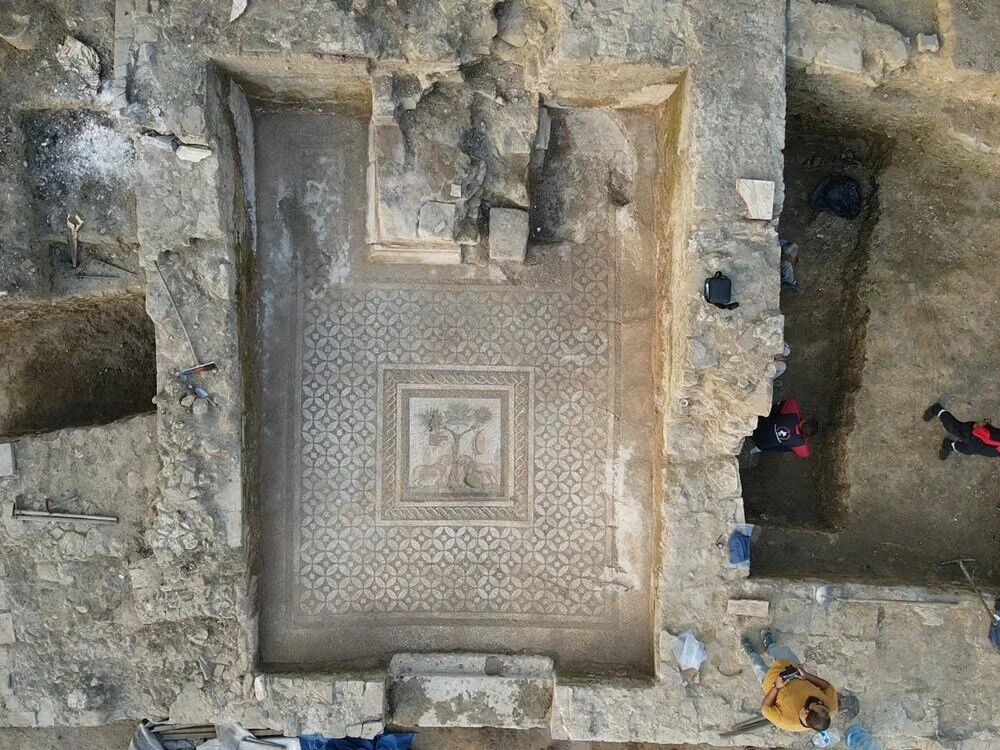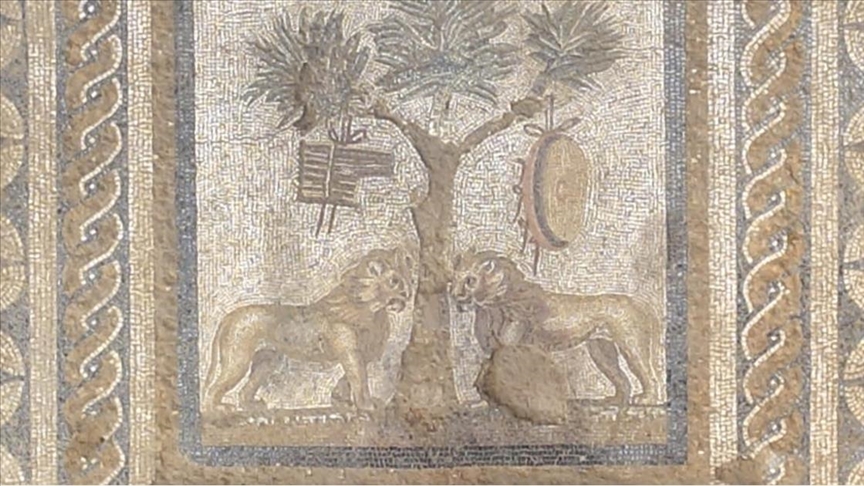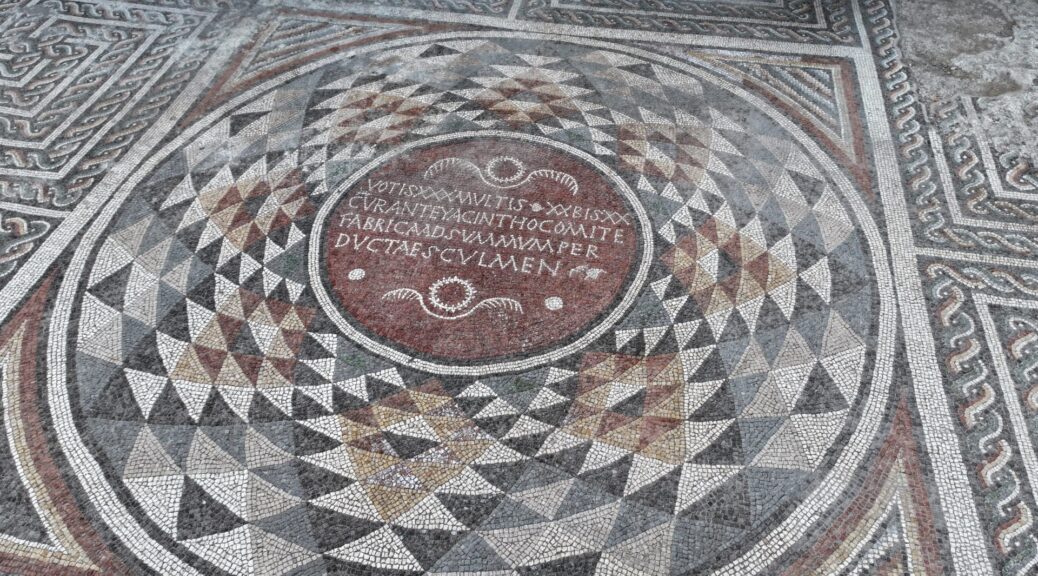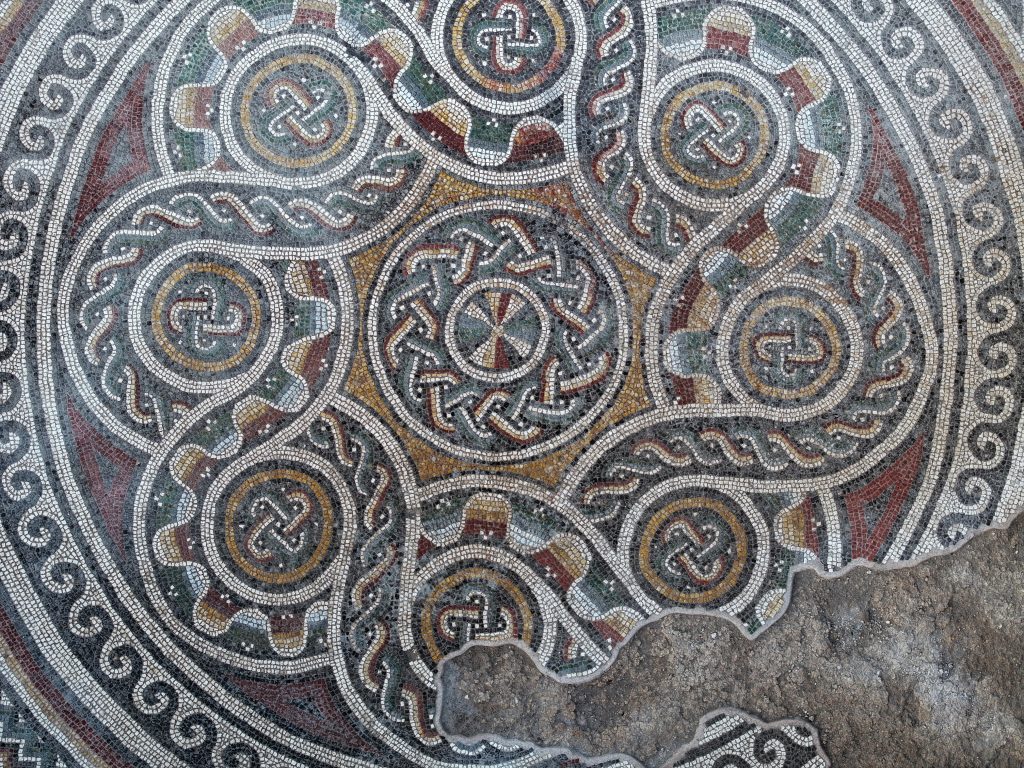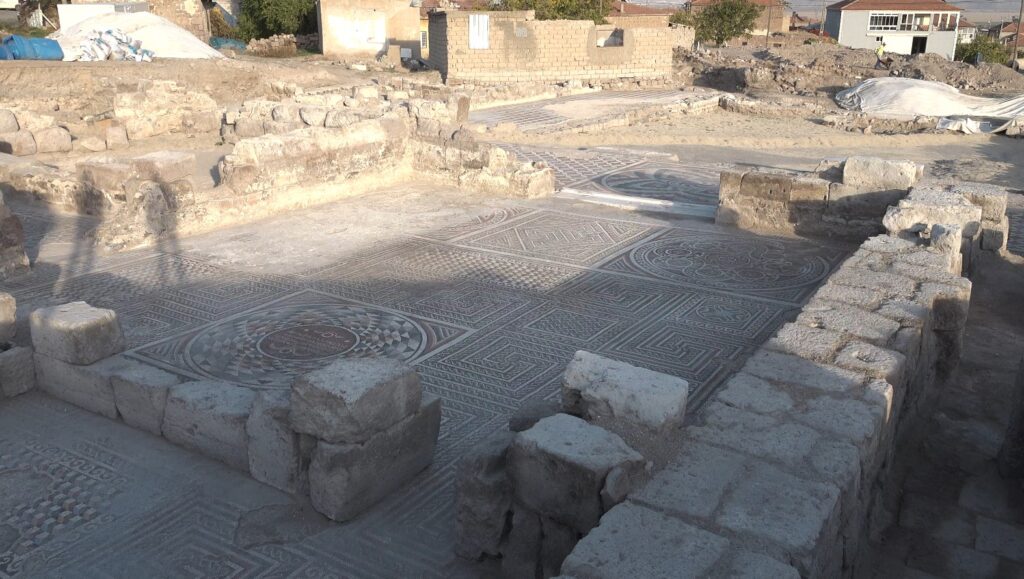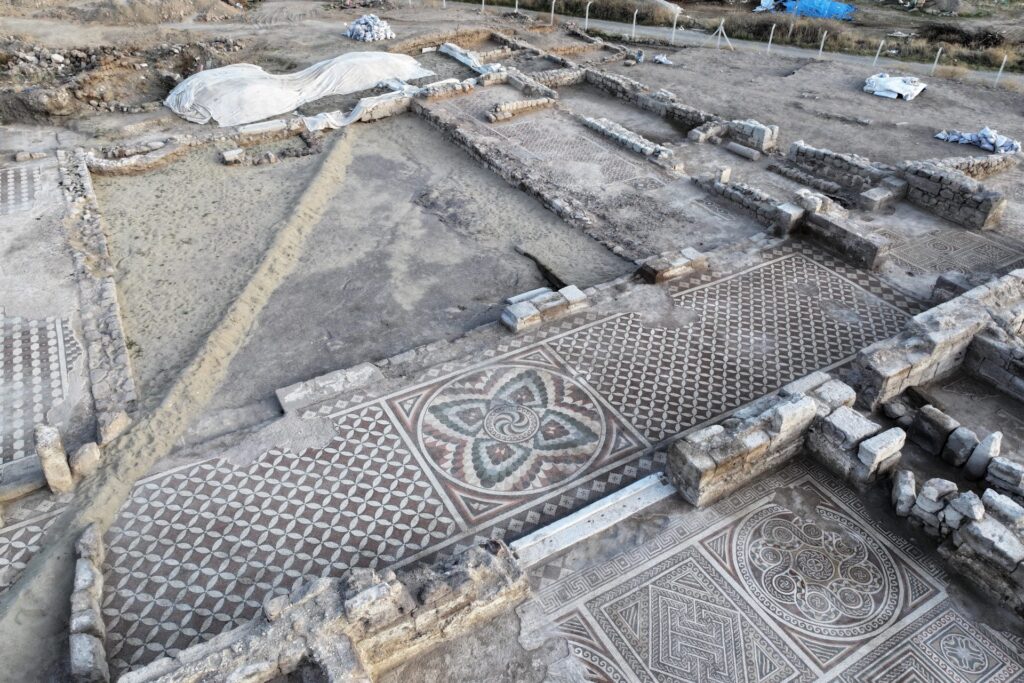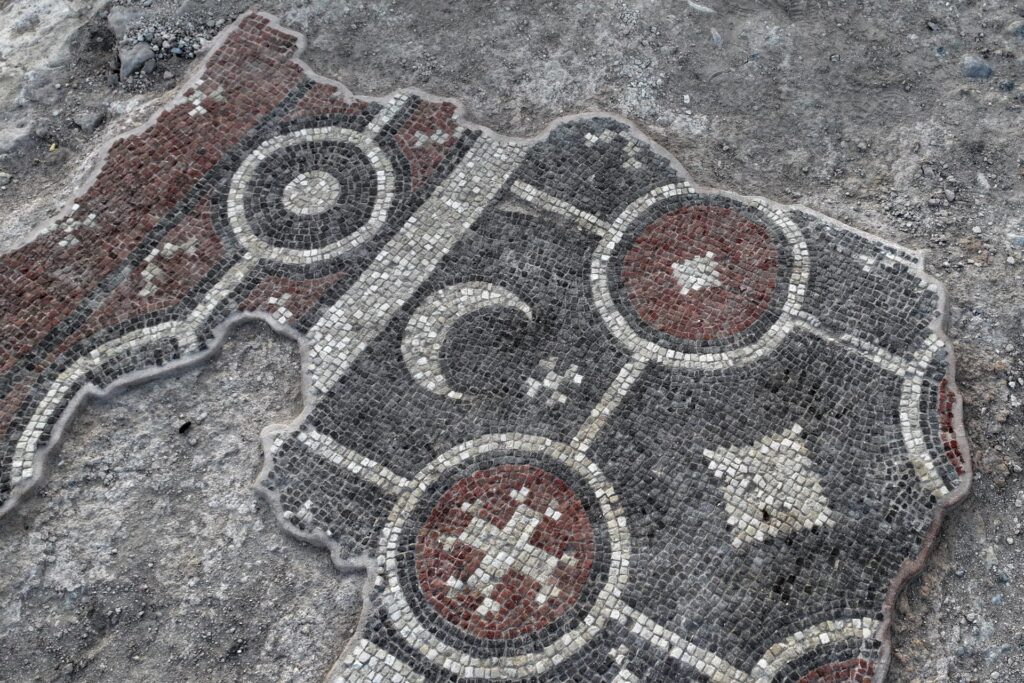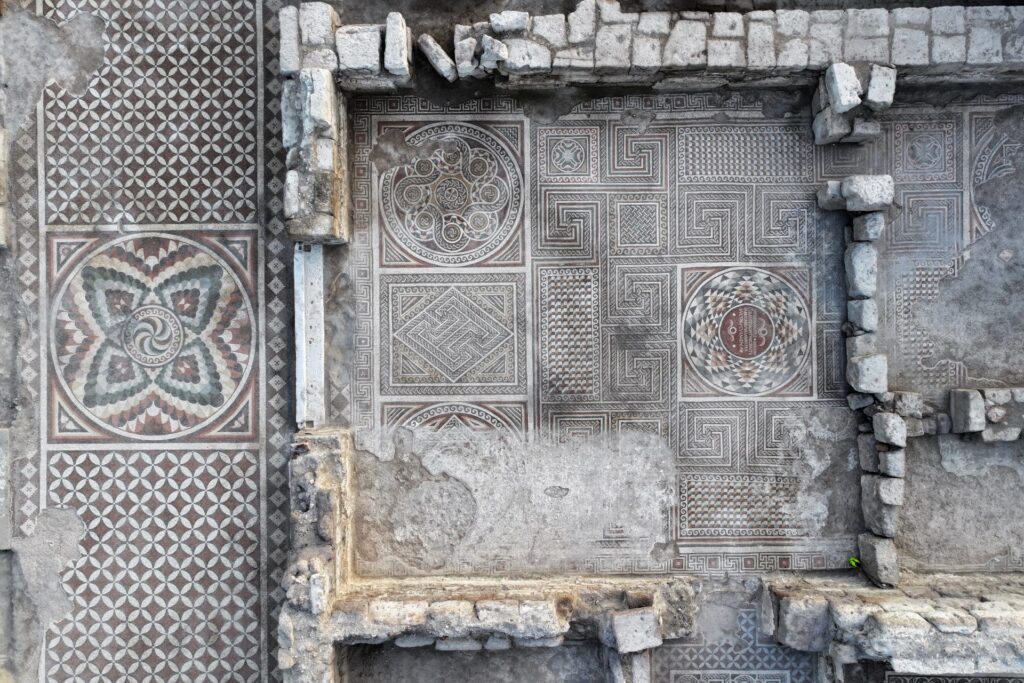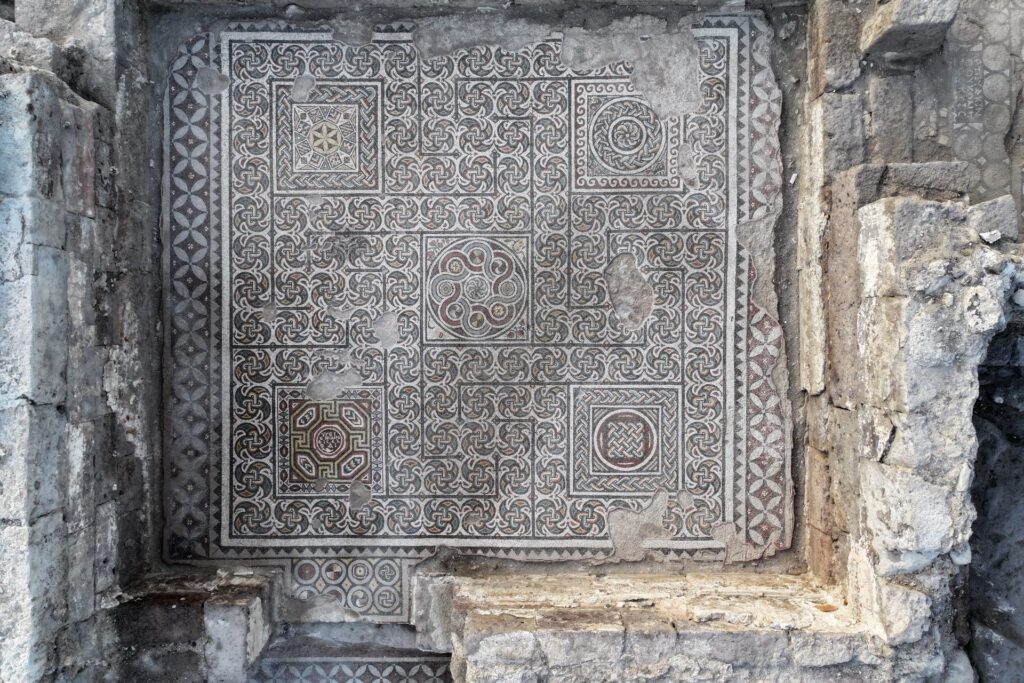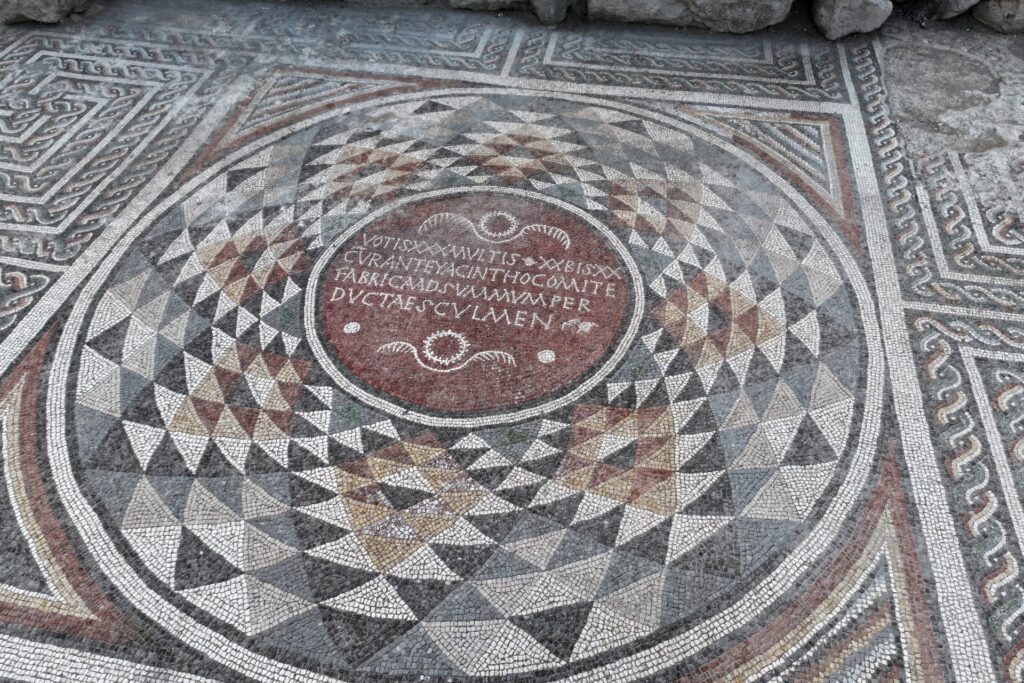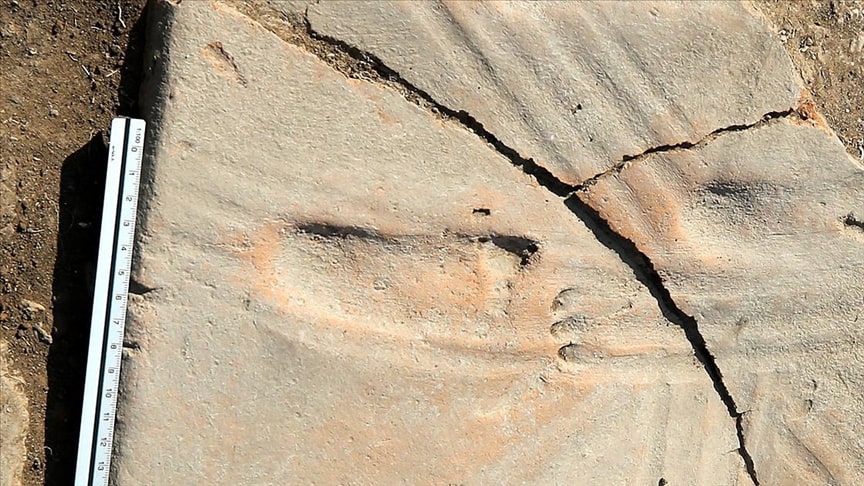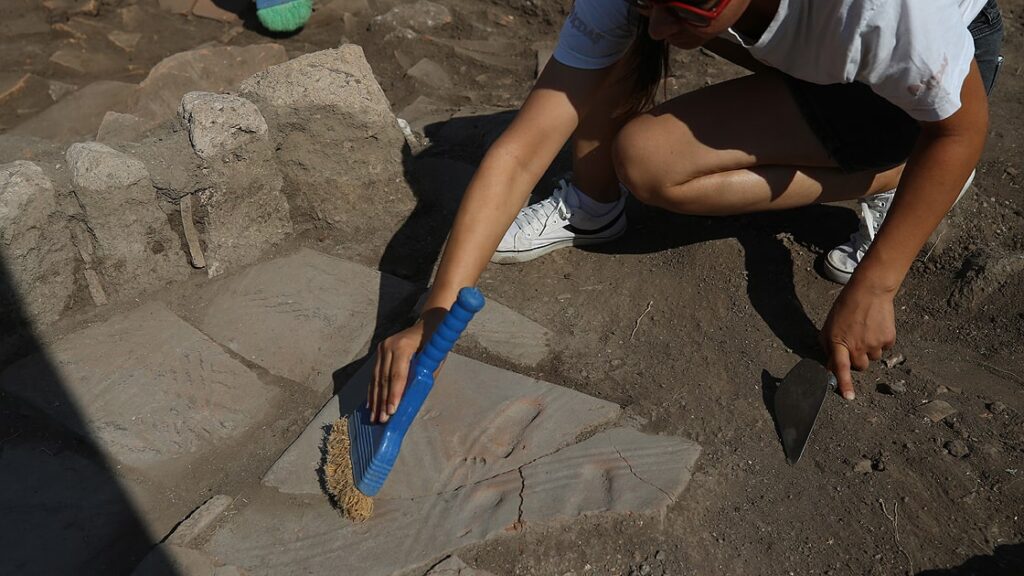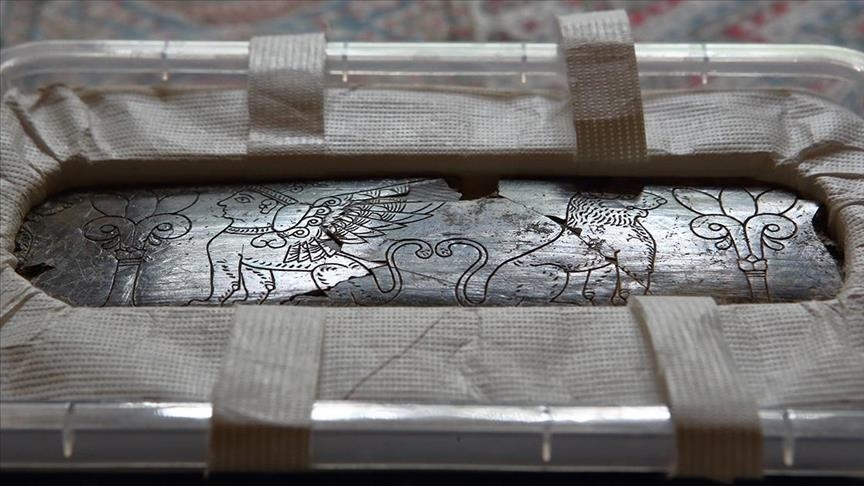Statue Heads Of Dionysus And Aphrodite Discovered In The Ancient City Of Aizanoi
Statue heads of ancient Greek deities have been unearthed several times in the ancient city of Aizanoi, Turkey. Now, archaeologists report they have found even more heads.
The research team found the heads of the goddesses of love and beauty, Aphrodite, and the deity of wine, Dionysus, in Kutahya province.
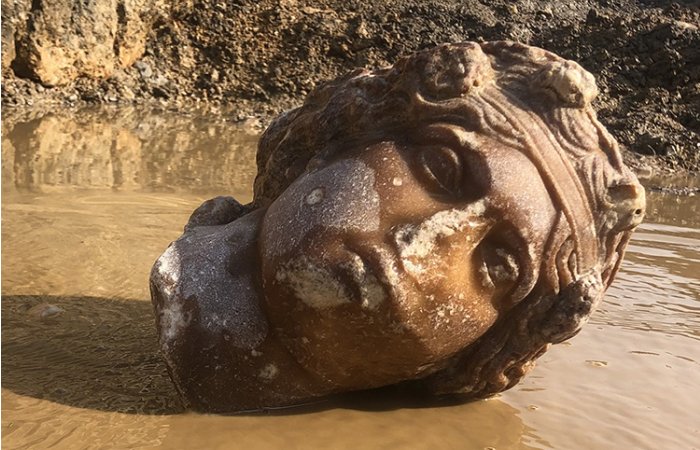
Situated 50 kilometers (31 miles) from Kutahya, the ancient city of Aizanoi has a history that can be traced back to about 5,000 years.
Aizanoi had its golden age in the 2nd and 3rd centuries AD and became the center of episcopacy in Byzantine times.
The city has a temple built for Zeus, the best-preserved temple in Anatolia. There is also a large theater and a stadium adjacent to the theater.
Archaeological excavations are underway in Aizano, and we can expect many interesting discoveries to be made in this ancient city eventually.
Archaeology professor and excavation team leader Gokhan Coskun told Anadolu that numerous statue pieces were discovered during the excavation.
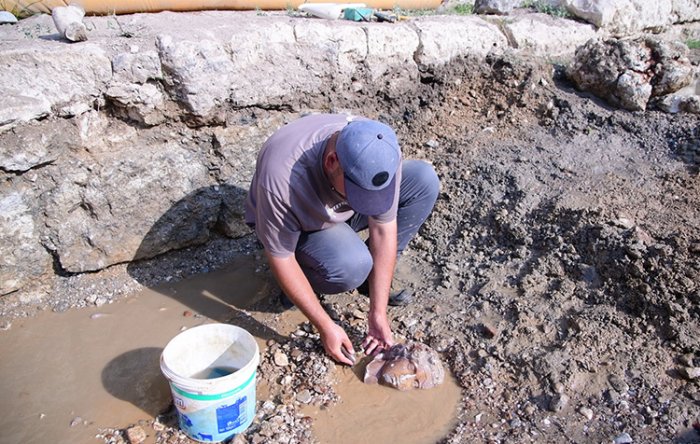
“The most exciting development for us this season is uncovering new heads of the goddess of love and beauty, Aphrodite, and the deity of wine, Dionysus,” Coskun said.
“In the excavation works we have conducted in the region so far, we have unearthed more than 100 statue pieces. Some of the heads found are from statues that are 2-3 meters long,” he noted.
“These statue heads, which we first discovered three years ago, are in very well-preserved condition. During our excavations, so far we have discovered two Aphrodite and three Dionysus statue heads,” Coskun said.
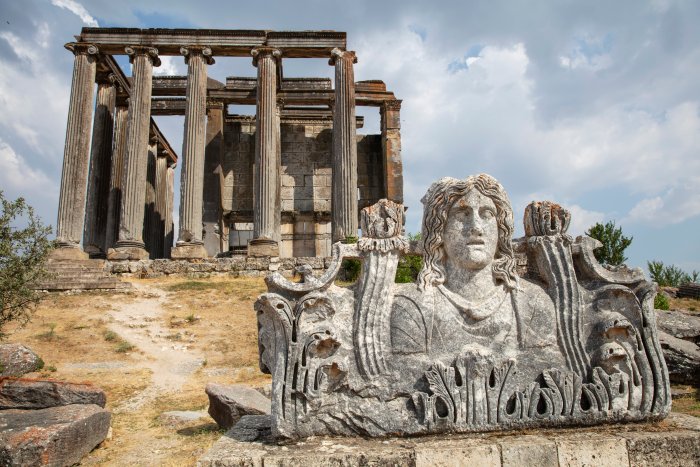
As Coşkun previously explained,” the heads of the statues give information about the faith system in the Roman period.
We know that the ancient Greek gods Aphrodite and Dionysus existed with different names in the Roman period as well.
These are important findings for us as they show that the polytheistic culture of ancient Greece existed for a long time without losing its importance in the Roman period. The findings suggest that there may be a sculpture workshop in the region.”
